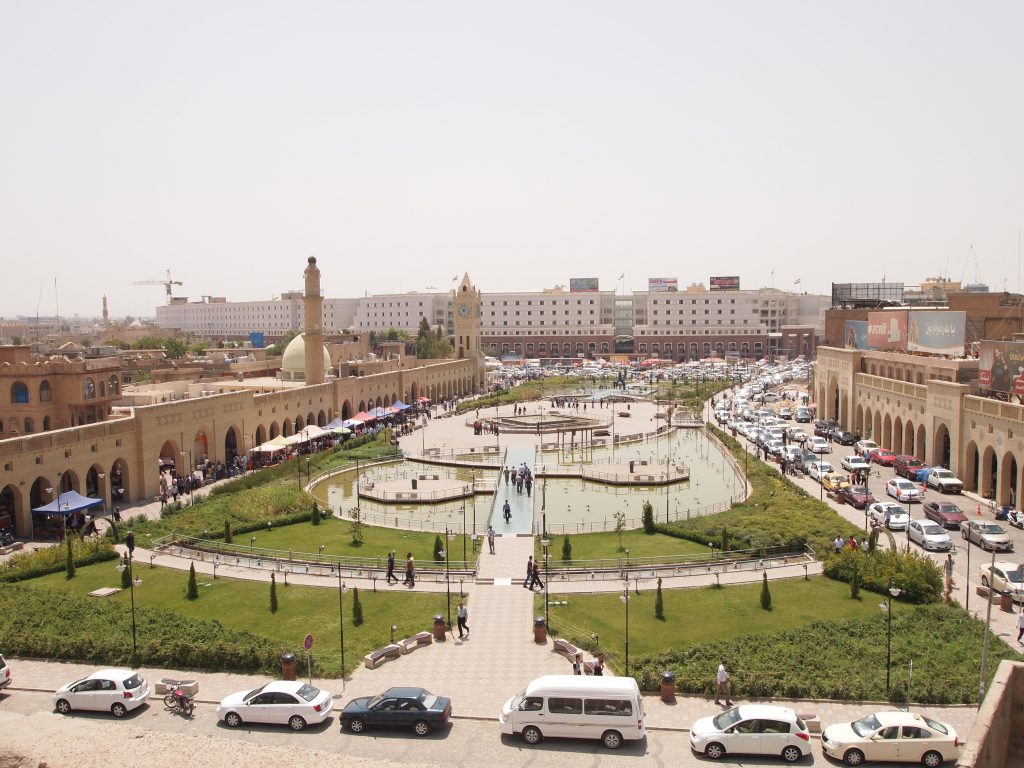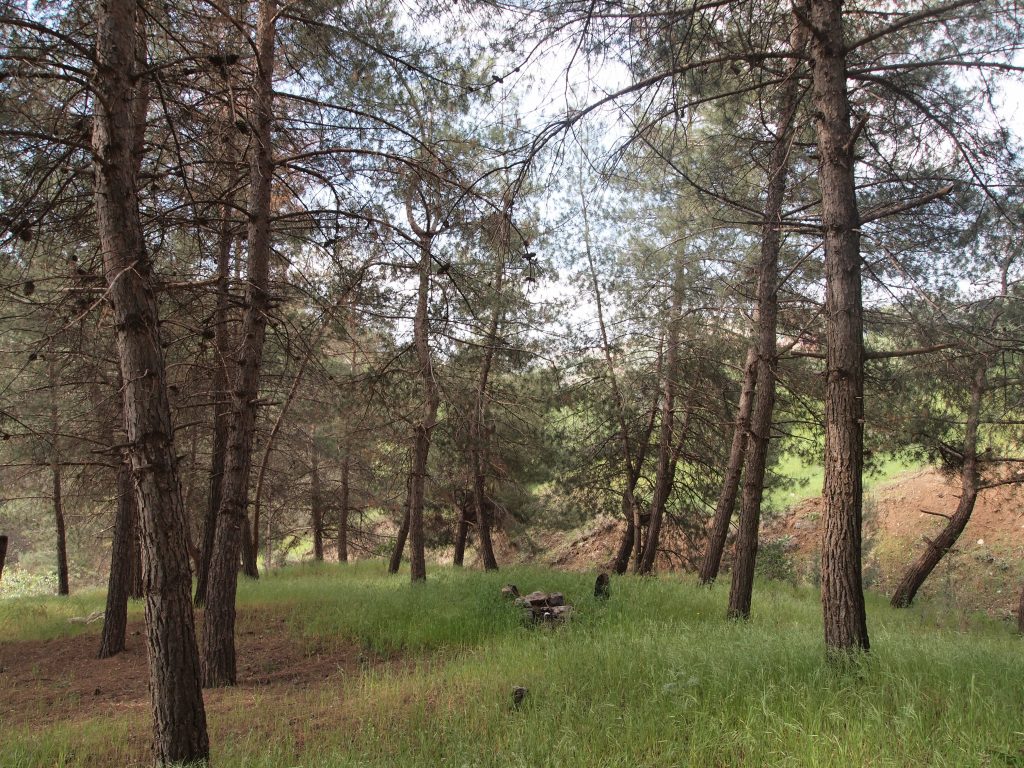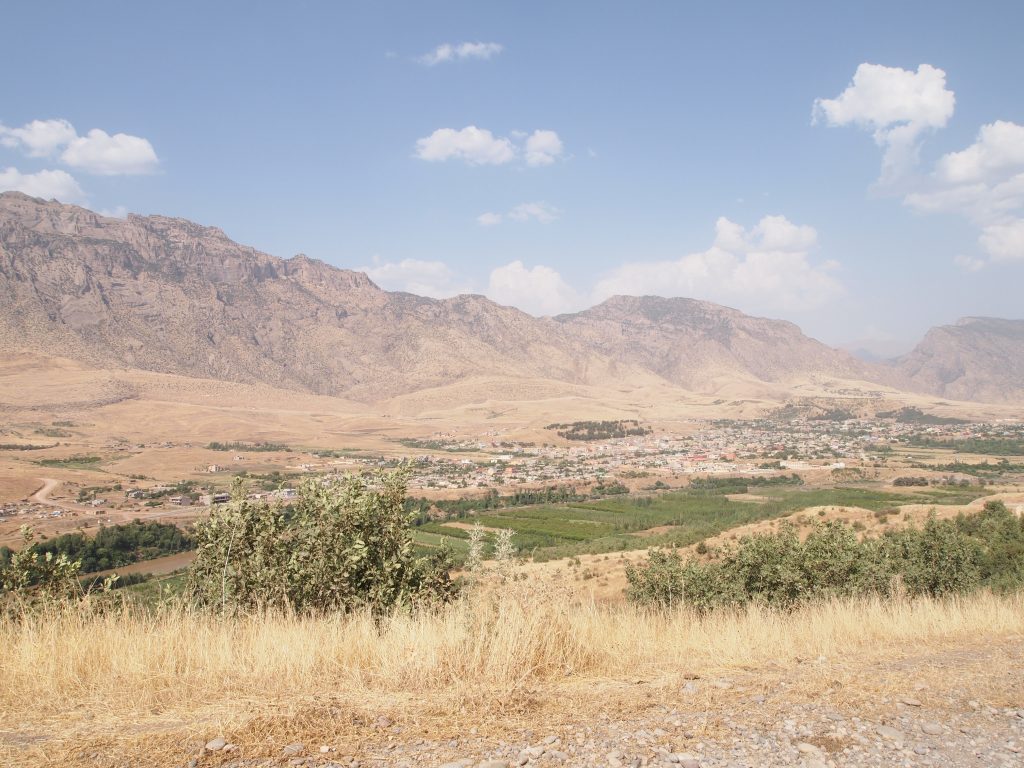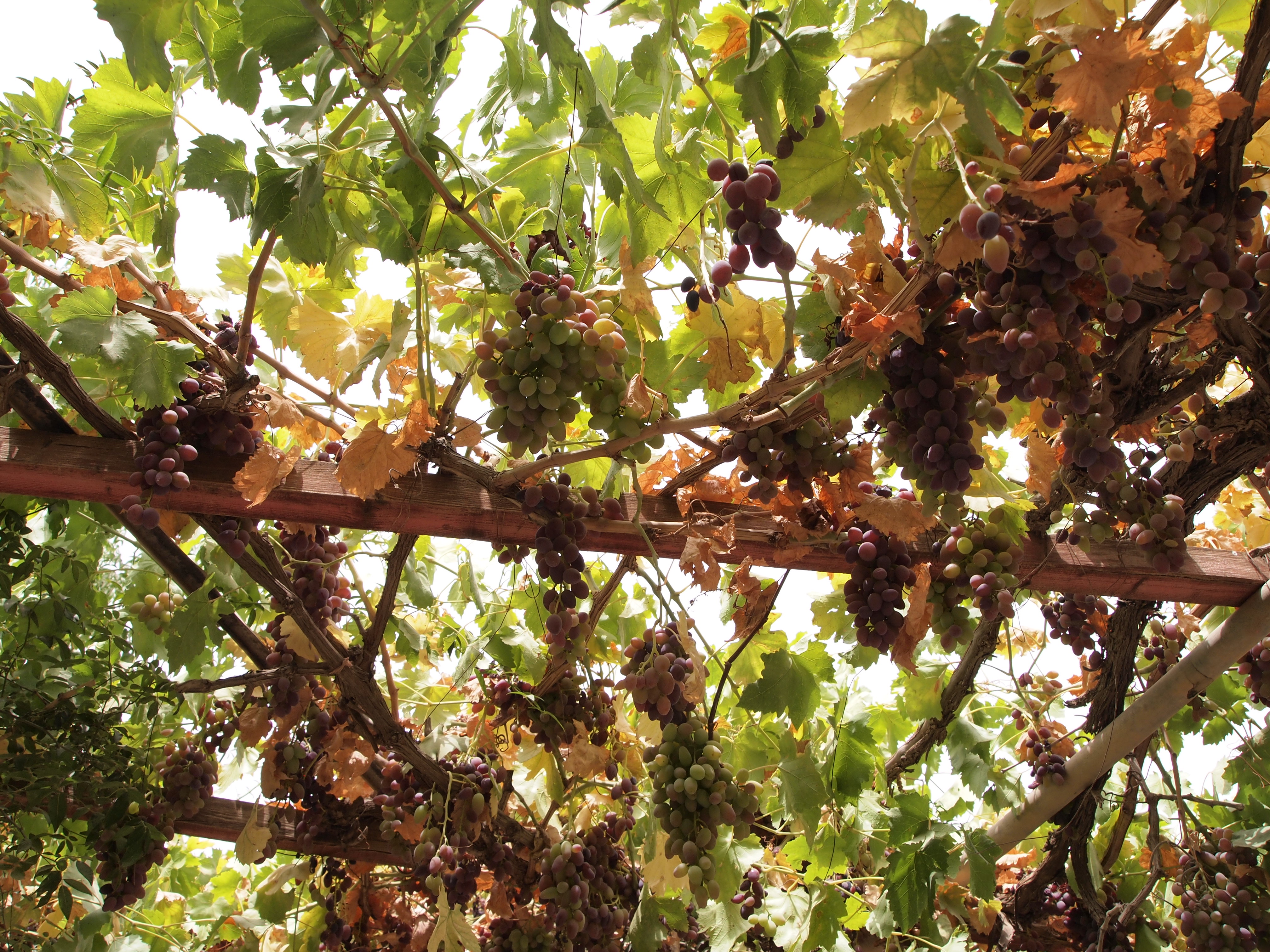By: Lina Eklund
The Kurdistan Region of Iraq (KR-I) is located in the northern part of the country and includes the three governorates of Duhok, Erbil and Sulaymania. The region is a semi-autonomous federal one and has its own government, the Kurdistan Regional Government (KRG). On September 25th 2017 the Kurdish Regional Government held a referendum about Kurdish independence from Iraq. The vote, which was criticized by Iraq and neighboring countries, resulted in a strong yes to independence, but was rejected by the federal government of Iraq.
Conflict situation
KR-I has a history of conflicts which has largely shaped the Kurdish and Iraqi societies. For almost a century, the Kurds have strived for independence, and been persecuted for their claims to statehood. In the 1970s, the government of Iraq carried out resettlement programs to increase the Arab population into the Kurdish areas, which dispossessed people from their lands. An incident that still plays a very important role for people in Iraqi Kurdistan is the Anfal campaign, a genocidal attack carried out by the Iraqi government during the Iran-Iraq war. By targeting rural Kurdish areas, the Iraqi government sought to curb the Kurdish guerilla (Peshmerga) and the people supporting them. Villages were bombed and burned, people were arrested, taken to camps, or killed, and chemical weapons were used, leaving many of the those who survived the attacks with health problems today. Furthermore, Iraqi Kurdistan experienced the economic consequences of the Iran-Iraq war and the invasion of Kuwait that led to international sanctions on Iraq.

A relative stability
The invasion of Kuwait also resulted in the establishment of a no-fly zone in the Kurdish region, which led to some initial steps towards autonomy and stability in the area. However, in 1994 clashes emerged between two political parties in Iraqi Kurdistan, which lasted until 1997 when a cease-fire agreement was reached. With the U.S. invasion of Iraq in 2003 and the fall of Saddam Hussein, the KR-I, saw a new beginning. Southern Iraq went into civil war, but the KR-I became a relatively stable area. The oil revenues coming into Kurdistan from the Iraqi government, and the ability of the KRG to develop legal initiatives to stimulate foreign investments, have led to an economic boom in this region, bringing for example luxurious hotels, rapid urbanization and investments in higher education to the region. The recent developments starting in 2014 with the Islamic State (IS/ISIS/Da’esh) taking over territory in Iraq and Syria, and the aftermath of the Kurdish referendum show that the people of Iraqi Kurdistan are still living in a volatile situation.
Resource extraction
The relative stability of Kurdistan since the 2003 invasion has allowed for foreign investments in KR-I and since 2006 foreign companies have been drilling for oil and gas in the area. The KRG has signed several exploration agreements with a number of foreign oil companies from all over the world. Since the rise of IS, many international oil companies have withdrawn from some of the oil exploration areas, but they are still operating in other areas.

Even though the region benefits economically from the foreign investments, consequences have been seen in the rural areas where oil exploration takes place. A documentary video from the Christian Peacemaker Teams in Iraqi Kurdistan shows how the village of Hajj Ahmed has gotten their land seized for oil exploration without proper compensation. Villagers report that this causes problems for the farmers, as their livelihoods become compromised. In the village of Gullan people are facing the same issue and view it as a threat to their surrounding natural environment. A non-governmental civil council was established in 2013 to protect the environment and its population from the threats of oil companies, through for example demonstrations, petitions and public debate.
Land and Water
The geographic location of Iraqi Kurdistan means that it has the highest precipitation rates and the most fertile lands in Iraq. KR-I thus has good agricultural potential compared to the rest of Iraq, and has traditionally been an agrarian society. While the Anfal genocide in 1988 has been cited as a major reason for the decline in agricultural production in this region, research have shown that the winter cropland area in the Duhok Governorate has increased since the American invasion of Iraq in 2003. A forthcoming study of those cropland changes suggests a shift from traditional small-scale farming to agricultural entrepreneurs who choose crops based on profitability rather than suitability. Furthermore, the urbanization trend has led to urban expansion and a change in land use, from croplands to built-up areas, reducing the amount of arable land in the region.

Discussion and conclusion
The case of Iraqi Kurdistan may not be a clear case of conflict turned post-conflict, but it does show us something about what happens in an area when the political situation becomes slightly more stable. The Kurdistan region is rich with resources and some would argue that the region is becoming “a new Dubai” with tall, impressive buildings, a migrant workforce, and a rent based economy. At the same time, we can see that when opening up for resource extraction, there are consequences for the local population as well as for the local environment. Little has been done to study the effects of the oil extraction, the land use changes, and the unsustainable agricultural practices, on the biodiversity and water quality/availability. Furthermore, the social and environmental injustice, such as the events documented in villages like Hajj Ahmed and Gullan, should receive more attention. What has happened in Iraqi Kurdistan since the US invasion in 2003 shows that stability (or peace in the broadest sense) comes with new challenges that need to be addressed if we want to build a sustainable society.

